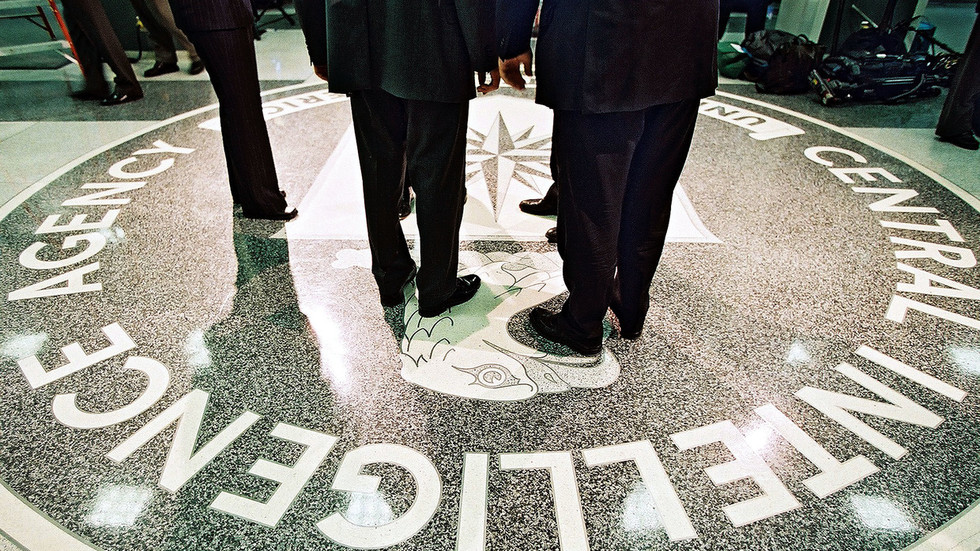
It’s worth repeating, as Festival Director Thierry Fremaux seemingly does every year, that three quarters-of-a-century ago Cannes was founded as a bridge between Hollywood and the local cineastes. There’s always been a direct line between the big, splashy premieres and the more auteur-focused European fare that soon was augmented by similarly so-called “art films” from around the globe.
There are those that still strongly believe anything even approaching mainstream movies are anathema to the mission of the fest. At the same time, thousands of people descend on this area to solely enjoy the glitz and glamour, a remarkable few actually attending screenings compared to those that seem professionally capable of getting into hot parties. For many, it’s all about what occurs around the festival slate, even as many decry the so-called populism of a huge chunk of the selection, casting scorn on productions connected to Hollywood. (These same hardened cynics clamor for tickets to a franchise premiere or go gaga when the likes of Tom Cruise wowed with “Top Gun: Maverick” last year).
This year, with Harrison Ford in Town, and Martin Scorsese returning to the main palace nearly a half-century after his 1976 Palme d’Or win for “Taxi Driver,” even the most jaded viewers generated some interest for these titles. And the spectacle of seeing mega-star The Weeknd (aka Abel Tesfaye) on the red carpet was hard to avoid.
The pop star came to Cannes with two episodes of Sam Levinson’s HBO pop production “The Idol,” starring Lilly-Rose Depp as Jocelyn, a Britney Spears-like star whose mother has recently died, leaving the performer fragile and uncertain. The much-talked-about opening sequence is a close-up of Depp’s face as an off-camera photographer shouts out emotions for her to portray. We see subtle shifts in her face as she moves from one phase to another, an exercise that inadvertently echoes a scene from last year’s Palme winner “Triangle of Sadness” that gave the emotional moment a meta-textual sense of ridiculousness given the screening taking place at this fest.
From there, we plunge into the world of excess, seduction, and railing against a controlling system where the artist wishes to lean into a more seductive and stripped-down mode. It’s a show about exposure in all meanings of the word, and, when the on-screen intimacy co-ordinator is quite literally locked away so that the star can make her own decision and reveal as much as she wants, we know we’re in for something a bit brash.
When Jocelyn meets up with club owner Tedros (Tesfaye), she’s drawn into his orbit, channeling self-harm into sexual fetishization, and succoring on his vampiric charms. Unfortunately, Tesfaye is pretty terrible on screen, flat and aimless, and while his story and musical contributions are integral to the telling of the tale (let alone the fact that they used his Bel Air mansion as the show’s prime location), in these early episodes there’s not much to recommend about his turgid performance.
Depp, however, is making the most of the role, and thanks to members of her retinue played by the likes of Hank Azaria, Jane Adams, Dan Levy, Da’Vine Joy Randolph and Rachel Sennott, as well as real life pop stars like Jennie Ruby Jane (aka “Jennie Kim”/”Jennie”), it feels far more than an excuse for simply another salacious HBO drama focussing on the nakedness of body versus the complexities of character.
It’s an odd tease to play as part of the festival, but hardly unique. This is but one way that the red-carpet premieres can generate global attention; the fans screaming as the superstars mounted the stage, as opposed to the four-hour Chinese documentary on poverty by Wang Bing playing in competition that didn’t have quite the same sizzle or must-crash after party. The varied experiences at this festival are as always manifold, and while the final call on “The Idol” will be made at the show’s conclusion, its story of shame, frustration, horniness and hopelessness underlying obnoxious excess and overly-produced-and-packaged pop culture may provide a deeper reflection of the current state of affairs than the laconic art fare premiering across town.

As for the latest chapter in the Indiana Jones saga, James Mangold’s “Indiana Jones and the Dial of Destiny” premiered this week with mixed results. It begins with an extended action sequence on a train involving a de-aged Ford fighting a slew of Nazis in order to recover a device of mathematical rather than magical importance that gives the film its name. Shot in a murky style that escalates the sense of mayhem but lacks coherency, from the opening moments we see that there’s a different style to the film from the more carefully composed and old-Hollywood aesthetic that Spielberg often employed.
We are then transported to the late 1960s, where Henry Jones Jr. is teaching in New York and set to retire, his classes still populated by pretty young things but none writing affections on their eyelids anymore. The moon landing has just taken place, and, while the city celebrates, Jones is left to contemplate his future as a discarded relic, much like the objects that had inspired so many adventures. When his goddaughter shows up with talk of an object that was the obsession of her father the plot whips into action, taking them around the world from set piece to set piece, action sequence to action sequence.
Ford inhabits the role with a gleeful abandon, and much of the success rests entirely upon his shoulders. Other classic characters make their return, but only Mads Mikkelsen feels a worthy addition. Despite her wry attempts, Phoebe Waller-Bridge’s character feels underwhelming, her shifts in motivation constantly undercut, and Antonio Banderas’ role could easily be excised entirely. The action pieces are fine but unmemorable, bettered by so many films that directly took inspiration from this franchise. Yet the last act picks up the pieces and delivers something more than worthy, a fine culmination of what we had hoped for from another chapter in this character’s life. The journey may be a bit rough, but, in the end, it’s a fine addition with some bits good and some bad, comparative to at least three of five films in the series.

When Leonardo DiCaprio brought Martin Scorsese the opportunity to work on “Killers of the Flower Moon,” the intent was to focus on the birth of the FBI, as the subtitle of David Grann’s non-fiction book promises to articulate. Instead, after spending time with the Osage people, the original drafts were ripped up along with contracts with the original studio, and the production ballooned into an epic story focusing instead on the complex relationship between a man and his wife, the former a murderer of members of her family, the latter a woman who still found ways to continue to support her spouse.
It remains a kind of miracle that Scorsese continues to challenge himself rather than adhere to expectations (“What else am I going to do?,” he laughingly responded to my question at the press conference about this very matter). The complex story of love and betrayal is extraordinary, with subtle and engaging performances led by Lily Gladstone as Mollie. It’s through her character and her performance that we experience not only the tragedy, but the sense of quiet introspection and the eloquence of what appears to be merely silence. This is a deep, contemplative film that upends the traditional Western and gangster motifs in favor of something far more resonant to the likes of “Silence,” “Kundun,” or “The Last Temptation of Christ”. The violence is there, and the setting dusty and dangerous, but this is fundamentally a character piece, where the ambivalent, morally ambiguous nature of most of these individuals creates these eddies that buffet against one another.
The film begins and ends with the Osage, and both the chief of the Nation and Gladstone herself spoke of the import of someone like Scorsese with his “golden lens” providing allyship, directing gaze at a period of American history that was never forgotten by the community themselves, even as it was ignored by the wider culture. The film’s style, pace, and richly-drawn characters challenges these complex historical realities on their own terms. The production design is exquisite, and Thelma Schoonmaker’s editing is always impeccable, making its luxurious running time feel like it transpires without effort. The end result is an immense work that speaks to an artist that remains in his prime, surrounded himself collaborators like Robert De Niro, Leonardo DiCaprio, Jesse Plemons and the like, to craft a film that is as ambitious as it is extraordinary. It’s a humbling achievement from Scorsese and his creative partners, and one that demands to be experienced.
Jason Gorber
Jason Gorber is a film journalist and member of the Toronto Film Critics Association.
.png)














 English (US) ·
English (US) ·